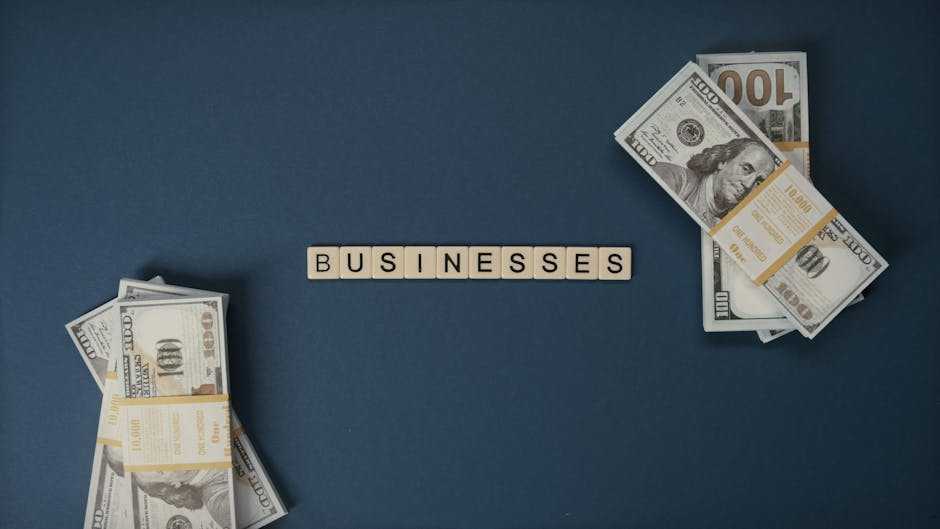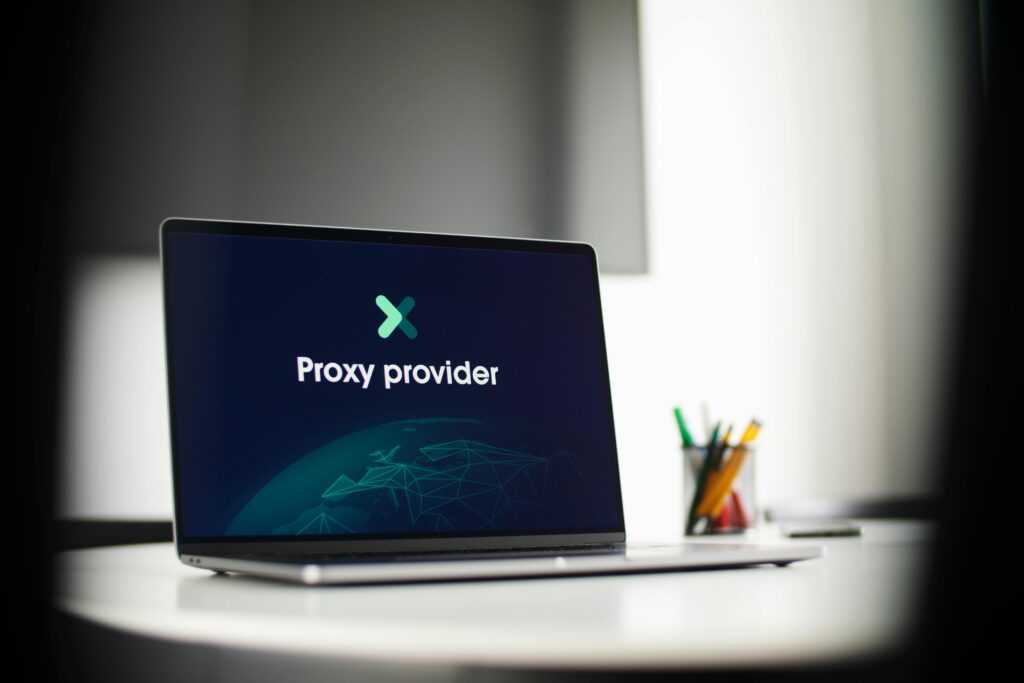What is 2170006578?
At face value, 2170006578 is just a tendigit number. It could be mistaken for a phone number from the 217 area code, but in most cases, it’s not being used that way. Some users have pointed out that it appears in bank statements, shipping labels, or billing systems, often acting as a tracking or reference code. So far, nothing confirms it’s officially tied to a specific company or entity. However, its structured format suggests it’s more than random.
If you’ve found 2170006578 in a bank statement or invoice, it might be wise to reach out to the financial institution or vendor associated with the document. Doublechecking ensures it’s not tied to any erroneous or fraudulent activity.
How Numbers Like This Slip Through the Cracks
Long numeric codes like this often get ignored, especially in today’s fastpaced digital workflows. Most people just skim over them unless they immediately trigger a red flag. But that’s part of the problem. When we underestimate these codes, we skip key steps in verifying their purpose. That could mean missing out on identifying a fraudulent transaction, or — on the flip side — mislabeling a legitimate alert.
Think about how many processes rely on automation. Logistics systems, invoice tracking, and telecommunication services all chew through datasets filled with identicallooking numbers. If even one digit is off or misunderstood, it can lead to mixups. So when a number like 2170006578 keeps showing up, it’s worth thinking twice.
Where You Might Encounter 2170006578
There are three main environments where a sequence like 2170006578 typically appears:
1. Financial Records
Often this kind of string is tied to a transaction ID—helpful when reconciling purchases or routing returns. If this number shows up on a card statement and you don’t recognize the associated purchase, call the bank immediately. It could just be an internal code with no external significance, or it could flag a payment that was misrouted.
2. Customer Service Communications
You might see 2170006578 listed as a service case number or support ticket. These numbers help reps navigate large queues, pulling up relevant data quickly. If you’re contacting a company with a concern and they ask for a case number, this might be what they’re referencing.
3. Logistics and Shipping
Packages use strings like this for tracking, especially with thirdparty warehouses. If you shop online frequently, odds are you’ve had at least one package tagged with a nondescript number like this. When crossreferencing tracking details, these numbers carry more weight than people think.
Handling Unknown Numbers Intelligently
It’s easy to dismiss a cryptic entry like 2170006578 as “just one of those data points,” especially when it’s crammed in between other strings on a document. But here’s the smarter way to address it:
Pause and Contextualize: Where did this come from? Look at the surrounding info. Crosscheck With Relevant Systems: Use any accessible dashboards (bank accounts, CRM platforms, shipping logs) to plug in the number. Call, Don’t Guess: If in doubt, pick up the phone and verify with the source directly. Don’t assume it means nothing.
It’s smarter to invest two minutes in verification than to overlook potential fraud, billing errors, or misplaced logistics.
Security Tips Surrounding ID Numbers
Long digit strings raise a good question: how do we manage these securely and efficiently, without inviting unnecessary confusion?
Here’s a pragmatic list:
Don’t Toss It Without Tracking: If it came in a confirmation email or invoice, hold onto it until the transaction is fully closed. Avoid Sharing Publicly: Like passwords, these numbers can sometimes link to sensitive data. Think twice before copying them into unprotected systems or sharing them on forums. Screenshot It—Then Archive It: If you’re dealing with temporary services, a screenshot of the full communication helps retain context for future support inquiries.
Is 2170006578 Unique or Common?
It might seem random, but chances are it’s systemgenerated. Large databases cycle through predefined formats to generate identifiers. So while 2170006578 might feel like a onetime quirk, another user could have the same number for a totally unrelated use. This reinforces the need to tie it back to origin, not assume universal meaning.
Still, if you see this particular number repeated across different services, it might point to a centralized provider, software platform, or vendor that uses it internally. That’s when contacting customer support to trace it makes good sense.
Final Notes on Handling 2170006578
The internet is full of numbers that look like 2170006578. Most pass under our radar. But noticing, pausing, and acting—however briefly—can save time or even prevent bigger issues down the line.
Here’s a cheat sheet: If you see 2170006578 on a financial document: verify before deleting. If it’s in customer service records: quote it for faster responses. If it’s attached to logistics: consult the tracking source directly.
Treat these codes not as artifacts, but as leads. They might tell a fuller story with just a little curiosity.

 Chief Operations Officer (COO)
As Chief Operations Officer, Ava Brodribb ensures that all aspects of the company's operations run smoothly and efficiently. With a keen eye for detail and a commitment to operational excellence, Ava oversees daily business activities, manages resources, and leads cross-functional teams to achieve the company’s goals. Her background in project management and operational strategy has been instrumental in driving the company’s success and maintaining its competitive edge in the marketplace.
Chief Operations Officer (COO)
As Chief Operations Officer, Ava Brodribb ensures that all aspects of the company's operations run smoothly and efficiently. With a keen eye for detail and a commitment to operational excellence, Ava oversees daily business activities, manages resources, and leads cross-functional teams to achieve the company’s goals. Her background in project management and operational strategy has been instrumental in driving the company’s success and maintaining its competitive edge in the marketplace.
